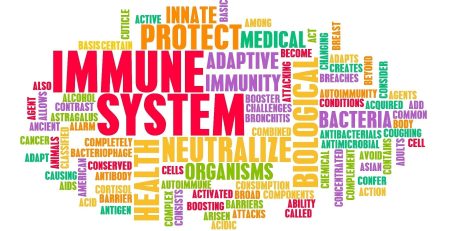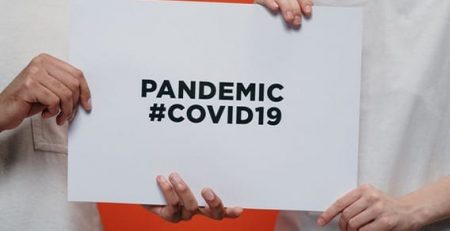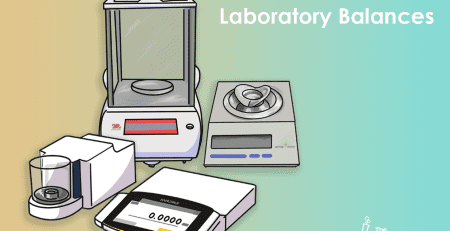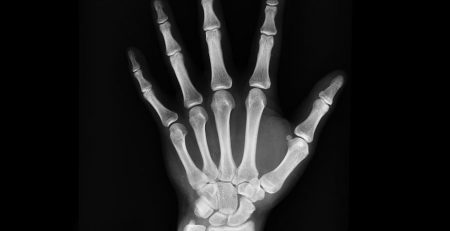Li-Fi Internet is 100 Times Faster Than Wi-Fi
Li-Fi, a technology similar to Wi-Fi which uses the visible spectrum rather than radio waves to deliver data, can deliver internet access up to 100 times faster than traditional Wi-Fi technology.
Originally developed by Professor Harold Haas of the University of Edinburgh in 2011, Li-Fi uses visible light communication (VLC) to send data by switching light bulbs on and off within nanoseconds – too quickly to be noticed by the human eye. The flashing relays messages in binary code and previous laboratory testing has shown theoretical speeds of up to 224 gigabits per second. Li-Fi is currently being piloted in several offices and other industrial settings.
In addition to increased speeds, Li-Fi also offers additional benefits over Wi-Fi. Beacause light waves can’t penetrate walls, it makes Li-Fi more secure from hacking, and a direct line of sight isn’t necessary for Li-Fi to work. It can also be used in electromagnetic sensitive areas, like aircraft cabins, hospitals and nuclear power plants. Perhaps most importantly, while Wi-Fi is close to full capacity, Li-Fi has almost no capacity limitations, primarily because the visible light spectrum is 10,000 times larger than the entire radio frequency spectrum that Wi-Fi utilizes.
This method of data delivery does have it drawbacks, however. Because light can’t penetrate walls, there is the feat that connection will be lost if the loser leaves the room.














